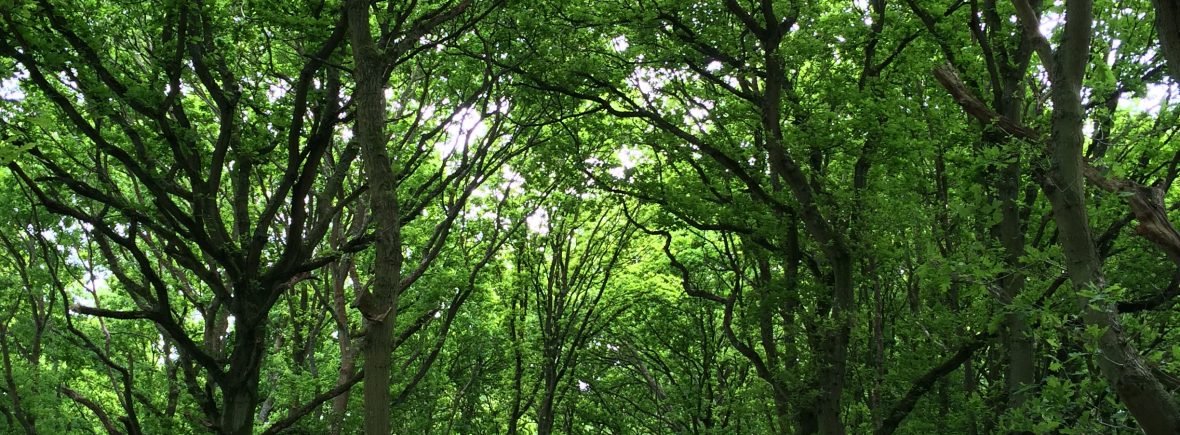At Wild Bee Forest School we have a code of conduct which covers some really important rules we need to follow to keep us, each other, and our environment safe.
Rule of Three
- Look after yourself
- Look after one another
- Look after our forest and planet
Respect for Nature
Learning about our environment and how we, as humans, impact upon it can help to create a sense for sustainability and increase respect for all living things. At Forest School participants are encouraged not to pick too many living plants.
Respecting boundaries
When participants arrive at a new site, boundaries are created together by marking using natural/existing boundaries such as fences or green barriers and by playing games. Keeping within the boundaries is essential when attending sessions as only the area within the boundaries has been deemed safe to explore and to take risks.
Leave no trace
Forest school sessions will always have an impact on the environment however human trace is minimised by removing equipment, rubbish and anything we have created as we leave. Indeed forest school sites are often enhanced by our presence – for example, once-inaccessible areas are cleared of impenetrable scrub, coppicing practices may resume, bug hotels are installed and rubbish is removed.
Working with tools
Safe use of tools is practised at Forest School and participants can only use tools when supervised 1:1 by an experienced adult. Within the session children will find out about the potential of tools and how useful they can be but also how dangerous they can be when used incorrectly.
Respecting the Fire Circle
When we have a fire, there will be two circles around it. The outer one is made of seats to sit on around the fire. The inner circle is the “Fire Guardian”, a boundary never to be crossed as it is in place to keep the children safe. Participants must never walk through the fire circle, rather walk around it. If they do go inside the outer circle they must be invited in and can only enter it at a walk.
Picking up and playing with stones
Examining and transporting fossils in rocks from the “Rock Edge” (as long as not too heavy) and making patterns with stones is fine. Stones may be dropped but thought must be given to whether it is safe to do so. Children must be thinking of others and not throw stones or rocks with force at ANYTHING.
Picking up and playing with sticks
Children can carry sticks but make sure they think about how close they are to other children. Long sticks should be transported like a wizard’s staff to keep them from unintentionally (or otherwise!) poking other children. Longer sticks can be dragged or carried with a child at both ends. Sticks must not be thrown, nor should children be allowed to pull them from living trees.
Rope and string use
Encourage connecting and transporting materials. Prevent tying up other children or themselves! If a child has a good idea and wants, for example, to try to build a rope swing or a shelter we will help them and use the chance to model appropriate knot tying.
Lighting a fire
When lighting a fire the Forest School leader will take control of the operation. A lit fire will not be left unattended at any point. A fire may not be lit until it has been confirmed to all that our fire safety equipment is in place. Any fire will always be safely extinguished by the Forest School Leader. Nobody to enter the fire circle without being invited in by the Forest School Leader. No walking through the fire circle.

